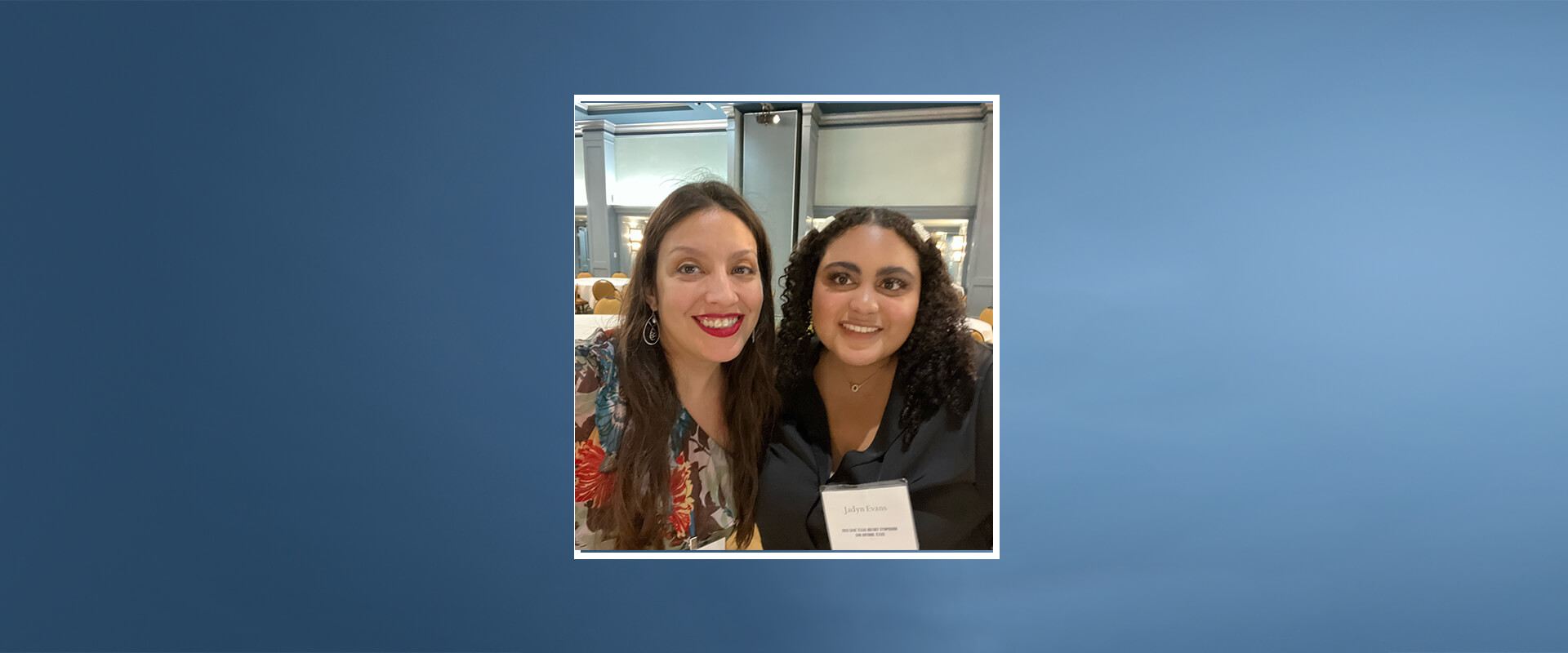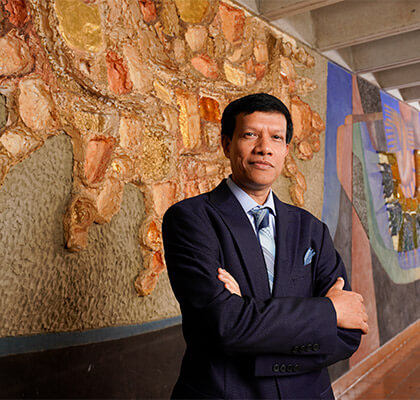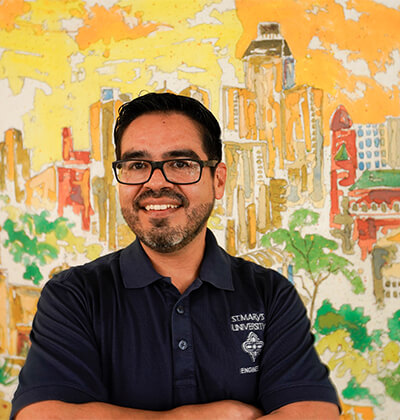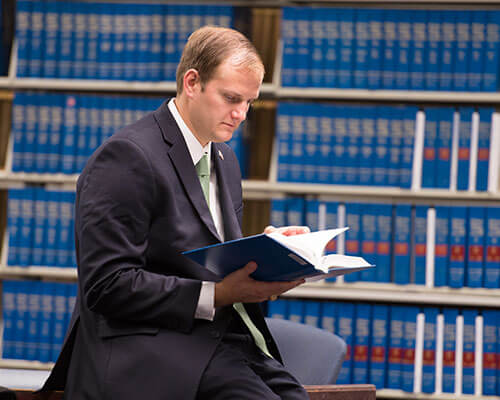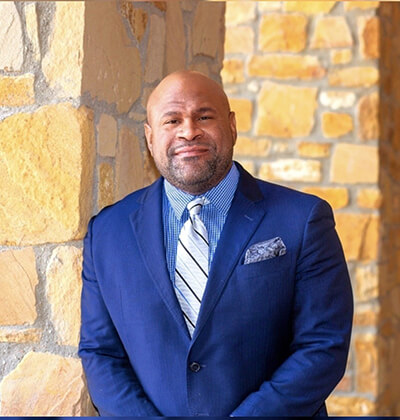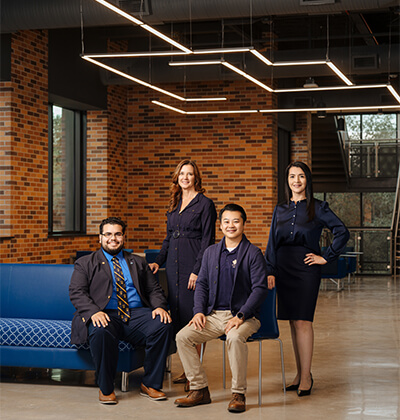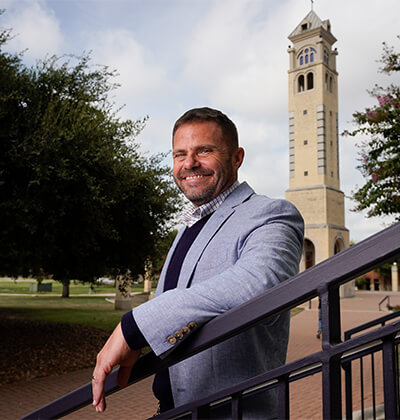Peering through the historical keyhole
by Jayden Mendez
Growing up on the West Side of San Antonio, Jadyn Evans has always been fascinated by historical events, both in her neighborhood and around San Antonio.
Her desire to learn about the past led her to St. Mary’s University, where the senior History major not only worked on research projects, but also got to share her discoveries about one of the city’s earliest desegregated nightclubs with others — even at official City of San Antonio events.
Little did she know that her studies would take her to familiar streets, finding one of the city’s earliest desegregated clubs that drew the community together during the era of Jim Crow.
Engaging others through History
During Black History Month, Evans was invited by the San Antonio Public Library to present her documentary, Peeping Through the Keyhole Club, at the Central Library, allowing her to show off a year’s worth of work.
“It’s really exciting to present this topic,” Evans said. “I love the community engagement that my research involves, and it’s so fun to see how people can relate to each other with stories about the Keyhole Club.”
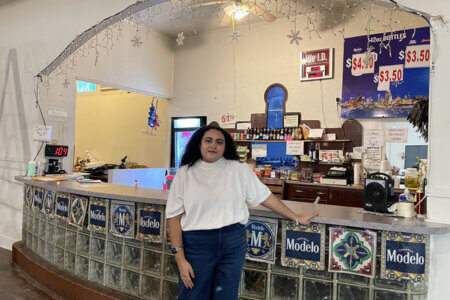
Open from the 1940s through the 1960s as a music venue, The Keyhole Club was run by musician Don Albert and was groundbreaking for being one of the first Black-owned clubs in San Antonio that allowed a desegregated crowd.
George M. Roper, then police commissioner, continuously tried to get the club shut down for this reason, temporarily succeeding.
The issue became a civil rights battle, ending with a victory for Albert and the club after the case, Roper v. Winner, was decided in the 37th District Court of San Antonio in 1951.
The building is still standing today on West Poplar Street but is no longer a hotspot for jazz. It’s instead used as a venue for community events.
Finding personal significance
Evans, who identifies as Black and Hispanic, said her research held personal and historical significance, as the ruling came three years before what many consider the start of the Civil Rights Movement.
“I grew up on the West Side where there aren’t a lot of people who looked like me,” she said. “So, it’s interesting to see two different cultures mixing together to create this community, enjoying their lives, having fun and getting to listen to blues music.”
Working as a research assistant for Professor of History Teresa Van Hoy, Ph.D., Evans was assigned the project, originally funded by the Black in the Barrio Project run by Gerald E. Poyo, Ph.D., St. Mary’s Professor of History and O’Connor Chair for the History of Hispanic Texas and the Southwest.
Jadyn Evans“I grew up on the West Side where there aren’t a lot of people who looked like me. So, it’s interesting to see two different cultures mixing together to create this community, enjoying their lives, having fun and getting to listen to blues music.”
The project resonated with many from San Antonio and nationwide, including getting featured by KSAT. Van Hoy said someone from California saw the story and called to share his own experiences of the club.
“One of the messages is for students to believe in themselves as scholars,” Van Hoy said. “Do your research with all your strengths and talents and go beyond assignments and imagining that it’s becoming part of your portfolio.”
Evans is not the only student who has garnered this much attention for a project. Students in the past have gone above and beyond in their research, earning them internships, recognition and scholarships. Tori Mejia (B.A. ’23), who also worked with Van Hoy, turned her project on enslaved people during the Civil War into a summer internship in Maryland.
Van Hoy said she strives to inspire students to enjoy what they are researching because this urges them to continue their research, as it leads to bigger opportunities.
“I would love to continue research on the Keyhole Club and other places of integration in the San Antonio community that not many people know about,” Evans said.

